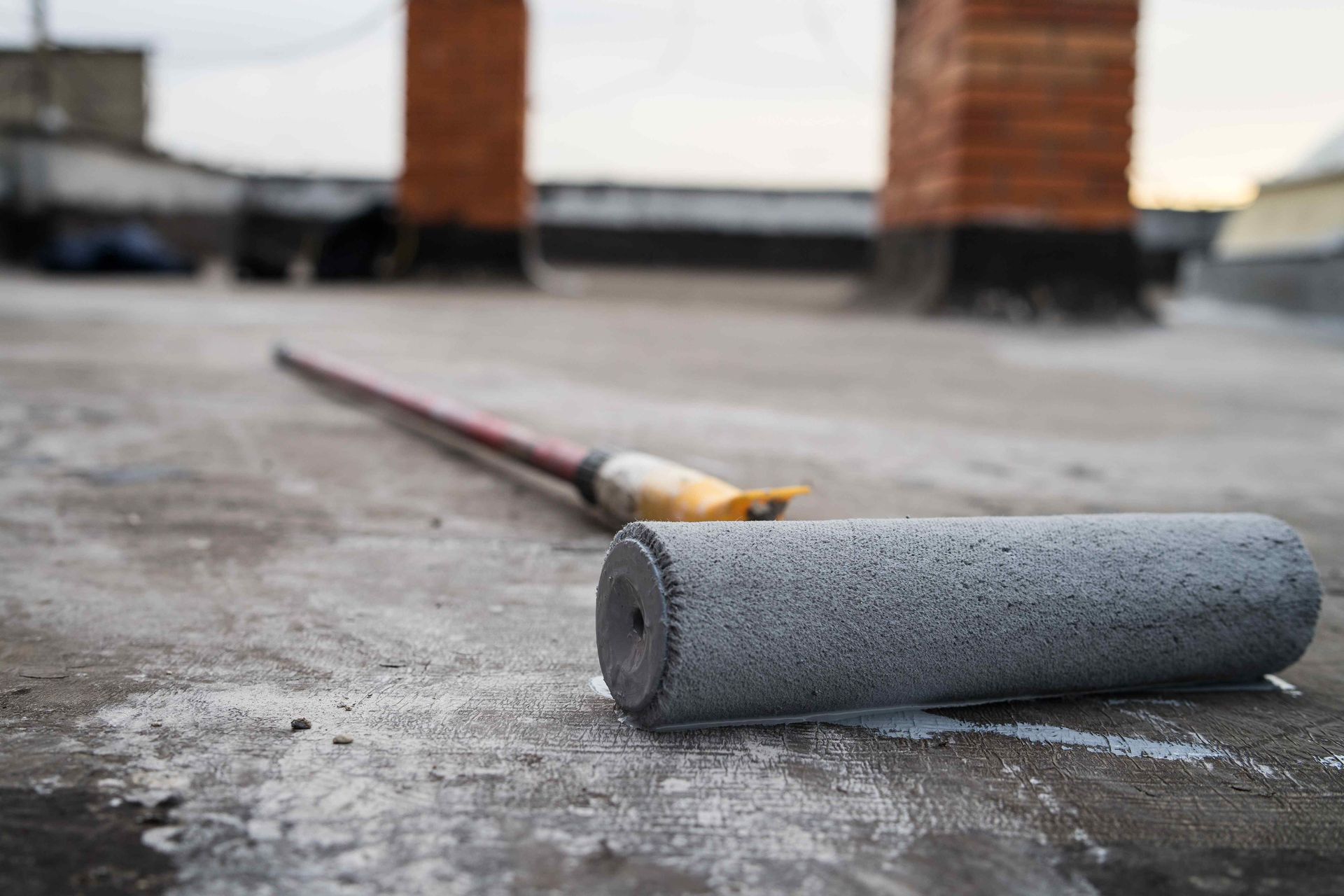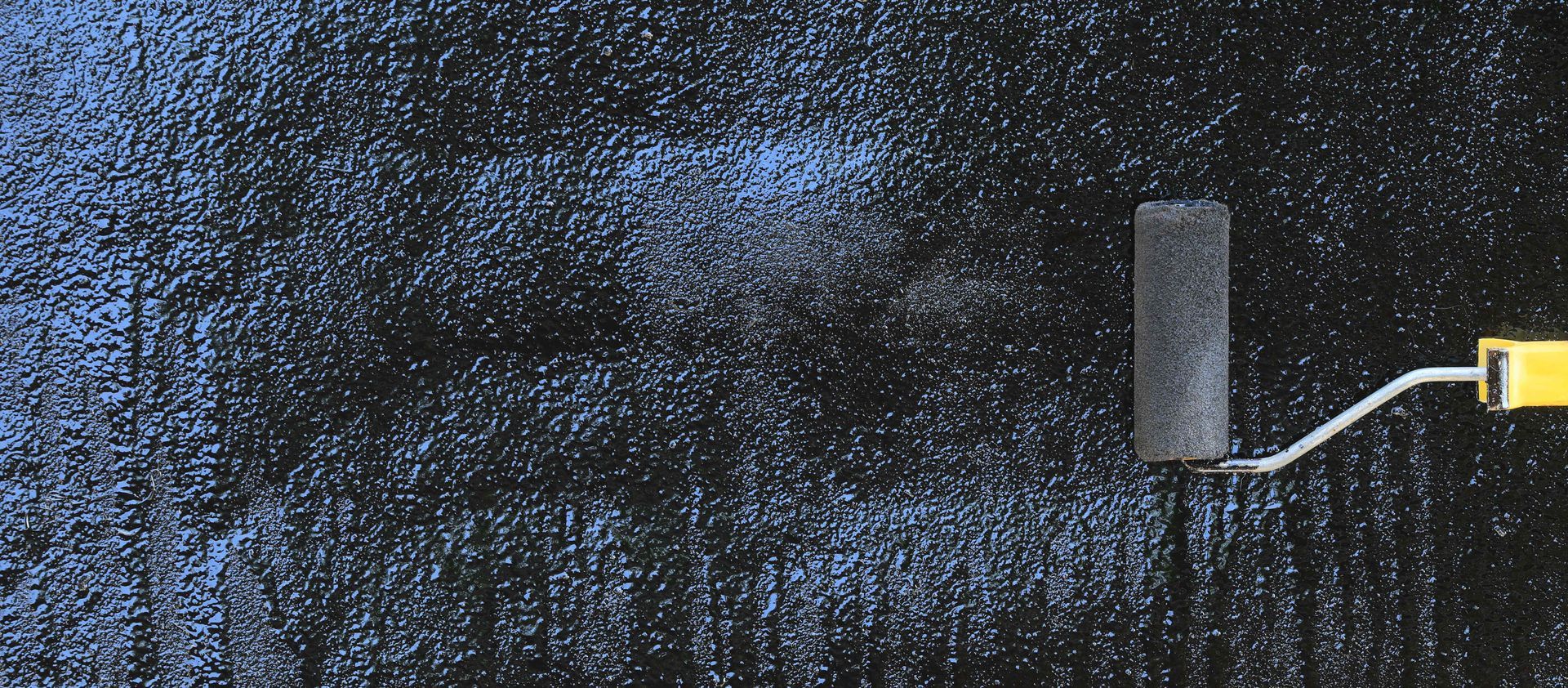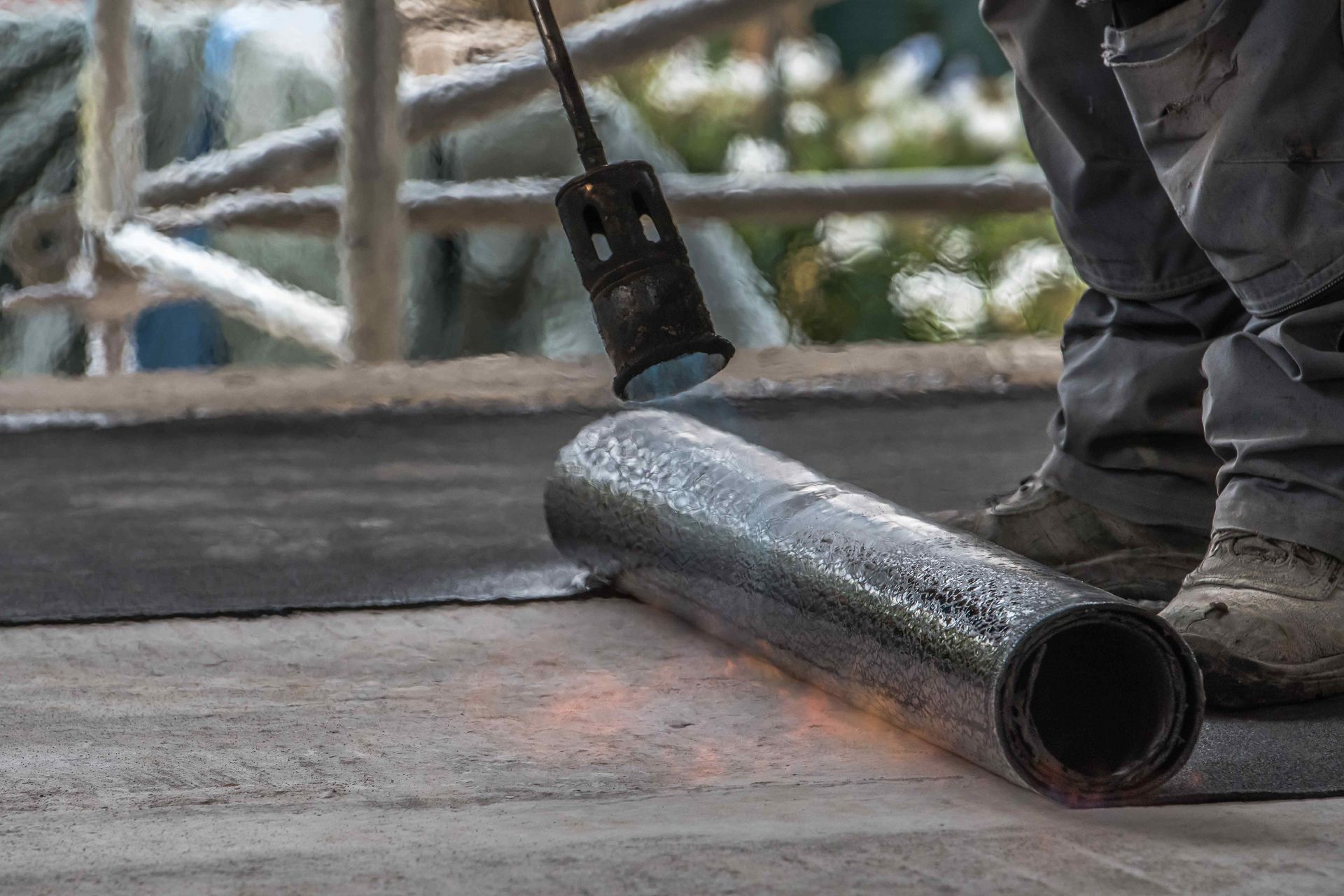Roof Repair with Flex Seal
H2 Tag Goes Here
When it comes to repairing your roof, Flex Seal can be a versatile solution. In this comprehensive guide, we will explore the benefits and considerations of using Flex Seal for various types of roof repairs. Whether you are dealing with common issues like leaks or looking for DIY repair methods, understanding how to effectively utilize Flex Seal can help you address your roof maintenance needs.
Introduction
Introduction:Welcome to our comprehensive guide on roof repair with Flex Seal. In this blog post, we will explore the ins and outs of using Flex Seal for repairing various types of roofs. Whether you're a homeowner tackling a leaky roof or a DIY enthusiast looking for effective solutions, this post will provide valuable insights on the application of Flex Seal in roof repairs. Let's dive in to discover how Flex Seal can be a game-changer in maintaining the integrity of your roof.
What is Flex Seal?
Flex Seal is a popular sealant known for its versatility and ease of use. This liquid rubber formula is designed to create a waterproof barrier on a variety of surfaces, making it a go-to solution for many DIY enthusiasts and homeowners. Its flexible nature allows it to conform to different shapes and textures, providing a reliable seal against water leaks and other sources of damage. Understanding how Flex Seal works is essential before considering it for your roof repair needs.
Composition and Function
Flex Seal is a popular choice for roof repair due to its unique composition and functions. This versatile sealant is typically made from a special rubberized coating designed to create a protective barrier against moisture and leaks. Its ability to adhere to various surfaces makes it an effective solution for sealing cracks, gaps, and damaged areas on different types of roofs. By understanding the composition and function of Flex Seal, you can make informed decisions on its application for your roofing needs.
Types of Roof Repairs
When it comes to roof repairs, different types of issues can arise based on various factors such as roofing materials, weather conditions, and overall wear and tear. Understanding the specific types of roof repairs that may be needed can help homeowners better assess whether Flex Seal is a suitable solution for their particular situation.1. **Leak Repairs**: One of the most common issues that homeowners face is roof leaks. Whether caused by damaged shingles, flashing, or sealant failures, leaks can lead to water damage and mold growth if not promptly addressed.2. **Cracked or Missing Shingles**: Over time, shingles can crack or become dislodged due to age, weather exposure, or improper installation. Repairing or replacing these damaged shingles is crucial to maintaining the integrity of the roof.3. **Flashing Damage**: Roof flashing, which seals joints and edges on the roof, can deteriorate over time, allowing water to seep into the home. Properly repairing or replacing damaged flashing is essential to prevent leaks.4. **Ponding Water**: Flat or low-slope roofs are prone to ponding water, where water accumulates and remains stagnant. Addressing drainage issues and ensuring proper sealing of the roof surface can help prevent water damage.5. **Gutter Maintenance**: Clogged or damaged gutters can lead to water overflow, causing roof leaks and structural damage. Regular gutter cleaning and maintenance are essential for roof health.6. **Ventilation Problems**: Improper roof ventilation can lead to moisture buildup in the attic, which can result in mold growth and compromised insulation. Ensuring adequate ventilation is vital for the longevity of the roof.By identifying the specific type of roof repair needed, homeowners can determine whether Flex Seal is a suitable solution or if other roofing materials or professional services are required for effective repairs.
When to Use Flex Seal for Roof Repairs
When considering the use of Flex Seal for roof repairs, it is important to understand the circumstances in which this product can be most effective. Flex Seal is ideal for addressing certain types of roof issues, especially those related to minor leaks, cracks, or gaps. Its versatile nature allows it to create a strong, waterproof seal on various roofing materials. By knowing when to use Flex Seal, you can efficiently tackle common roof problems and prevent further damage to your property.
Suitable Roof Types
When considering when to use Flex Seal for roof repairs, it's essential to understand the suitable roof types that can benefit from this solution. Flex Seal is most effective on roofs with certain characteristics, such as flat or low slope roofs. These types of roofs provide an ideal surface for Flex Seal to adhere to and create a seamless barrier against water penetration. Additionally, metal roofs and asphalt shingle roofs are also suitable candidates for Flex Seal applications, especially when dealing with minor leaks or cracks. Understanding the compatibility of Flex Seal with different roof types will help you make informed decisions when it comes to addressing repair issues effectively.
Common Roof Issues Flex Seal Can Address
Flex Seal is effective in addressing a range of common roof issues. From small leaks to minor cracks and gaps, Flex Seal can provide a temporary fix for various roofing problems. It can help prevent water penetration, seal minor punctures, and reinforce areas prone to damage. Understanding the common roof issues that Flex Seal can address will help you determine if it is the right solution for your specific roofing needs.
When Not to Use Flex Seal for Roof Repairs
Knowing when not to use Flex Seal for roof repairs is equally crucial to ensure effective solutions. While Flex Seal is a versatile product, there are specific situations where it may not be the best option. Understanding these scenarios can help you avoid potential issues and make informed decisions when choosing a roof repair method.
Unsuitable Roof Types
Not all roof types are compatible with Flex Seal for repairs. Unsuitable roof types for Flex Seal applications include metal roofs, clay and concrete tiles, and roofs with extensive structural damage. Using Flex Seal on these roof types may not provide a lasting or effective solution due to their specific requirements and characteristics. It's essential to consider the material and condition of your roof before deciding to use Flex Seal as a repair option.
Situations Where Flex Seal Should be Avoided
While Flex Seal is a versatile product for many roof repairs, there are situations where its use should be avoided. These include structural damage, major roof leaks, and areas requiring professional repair. Using Flex Seal in these scenarios may result in temporary fixes or worsened conditions, highlighting the importance of assessing the severity of the issue before applying this sealant. Understanding when to avoid using Alternative Roof Repair Solutions
Alternative roof repair solutions offer options beyond using Flex Seal for addressing various roofing issues. Professional roofing services provide expert assessment, repair, and maintenance by trained professionals who can handle complex roof problems efficiently. On the other hand, DIY repair methods cater to individuals looking to take a hands-on approach to fixing minor roof issues themselves. While Flex Seal may be suitable for certain situations, exploring these alternative solutions ensures that you choose the most effective method based on your specific roofing needs.
Professional Roofing Services
Professional roofing services offer expertise and experience in handling a wide range of roof repairs and installations. When roof issues are complex or extensive, seeking the assistance of licensed and skilled roofing professionals can ensure the job is done safely and effectively. These experts have access to specialized tools, materials, and techniques to address various roofing problems with precision. From identifying underlying issues to providing long-term solutions, professional roofing services can help maintain the integrity and longevity of your roof.
DIY Repair Methods
DIY repair methods provide a cost-effective and hands-on approach for homeowners looking to tackle minor roof repairs themselves. Common DIY roof repair projects include fixing small leaks, replacing damaged shingles, and applying sealants to prevent water infiltration. These methods often involve using basic tools and materials that are readily available at hardware stores. While DIY repairs can be rewarding, it's important to assess the extent of the damage and your skill level before attempting any repairs to avoid further issues.
Conclusion
In conclusion, when it comes to roof repair with Flex Seal, understanding its capabilities and limitations is key to making an informed decision. Flex Seal can be a useful solution for specific roof issues on suitable roof types. However, it may not be suitable for all roof materials or severe damage. If Flex Seal is not the right choice for your repair needs, consider exploring alternative solutions such as professional roofing services or DIY repair methods. By weighing your options and choosing the most appropriate repair approach for your situation, you can effectively maintain the integrity of your roof and ensure its longevity. Remember to always prioritize the safety and structural integrity of your roof when conducting any repair work.
Service Content Info

Aux Element 1

Aux Element 2

Aux Element 3
Quick & Reliable roof repair and installation Savannah Georgia
Ready to secure your property with top-tier roofing? Contact us today for reliable solutions that stand the test of time—your trusted Savannah roofing partner – Top Roof.
Navigation
Working hours
- Mon - Fri
- -
- Saturday
- -
- Sunday
- Closed

All Rights Reserved | Top Roof
Powered by: WebPro.ai

